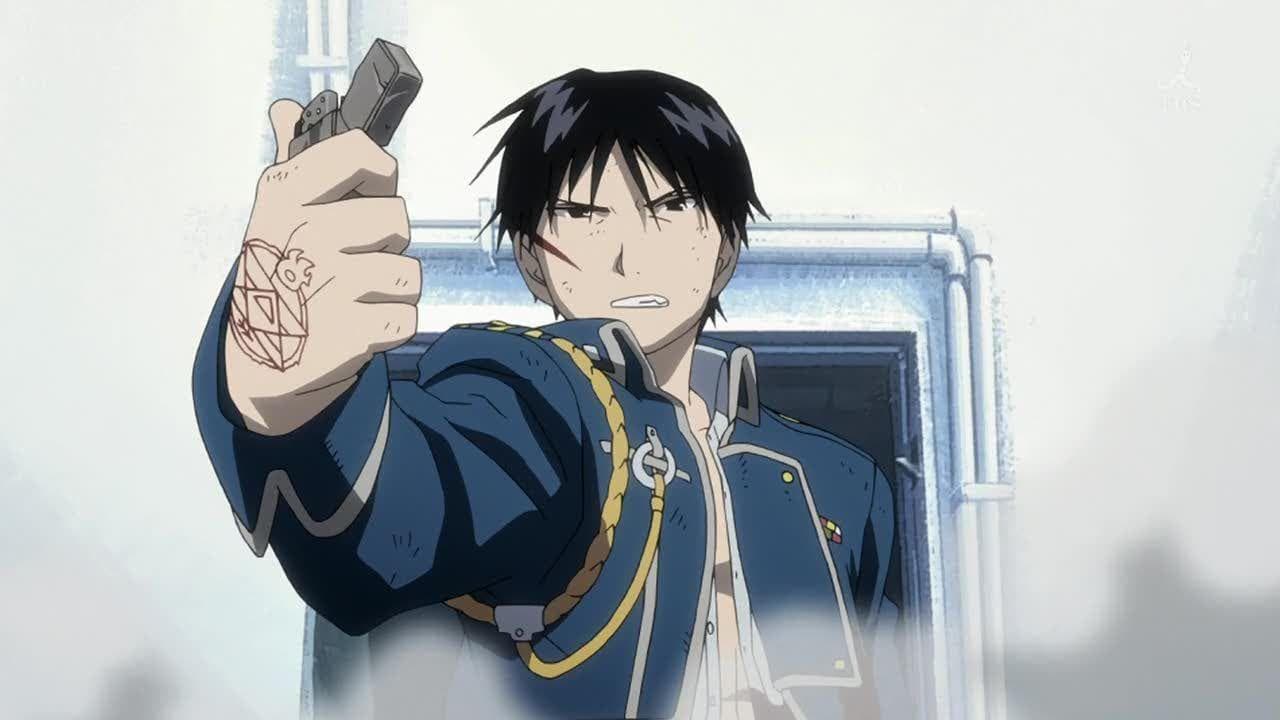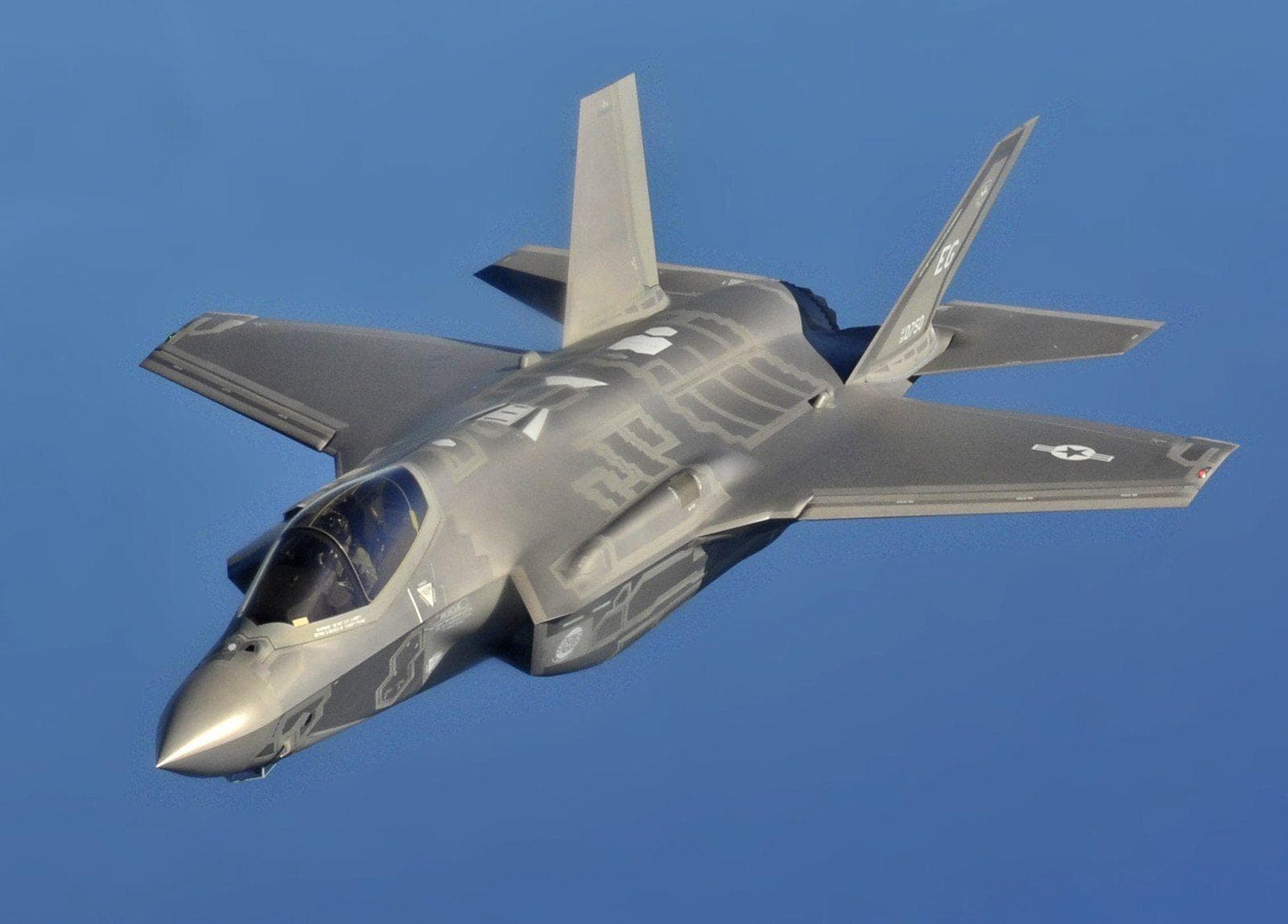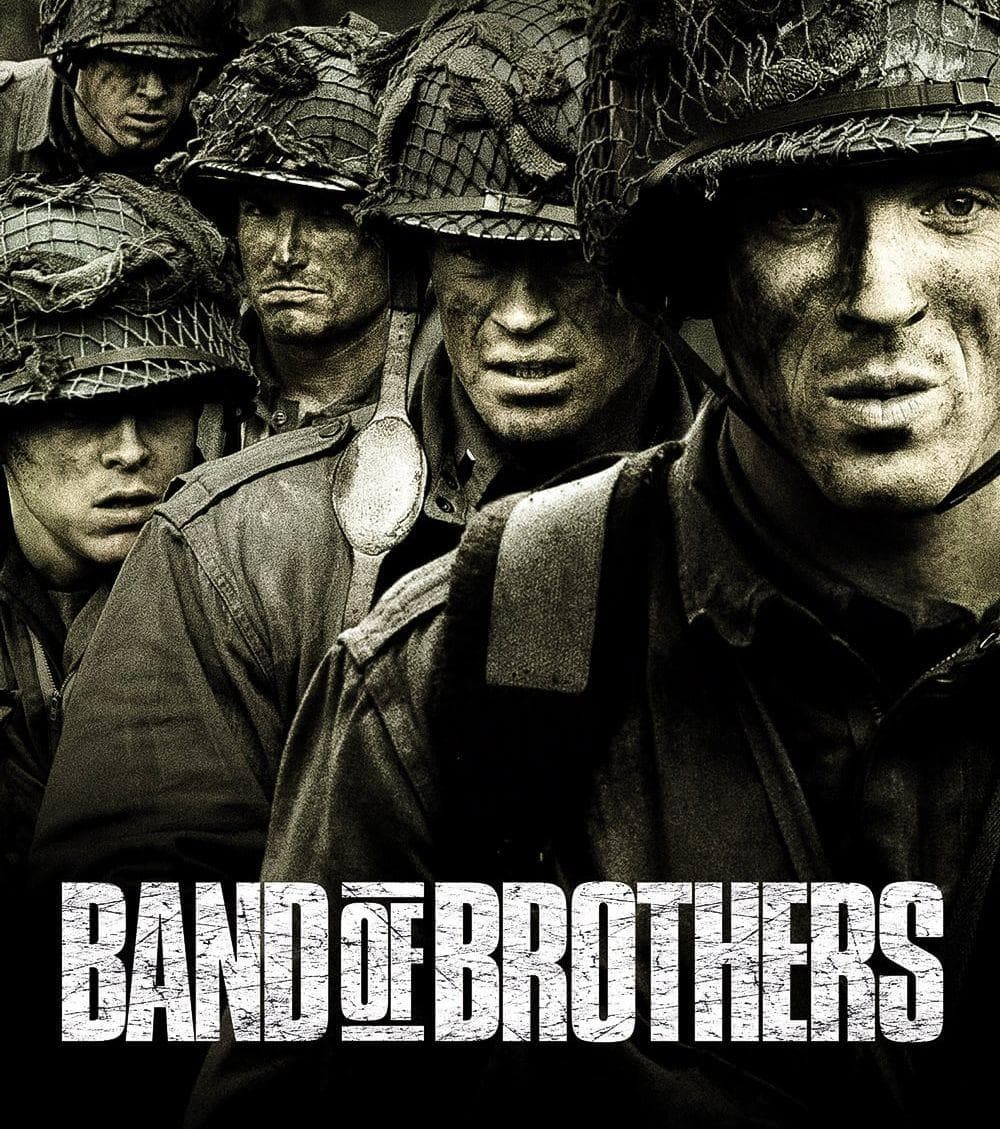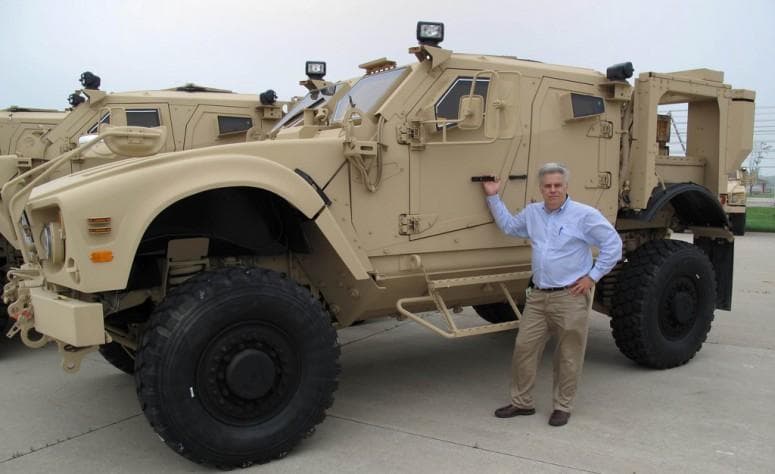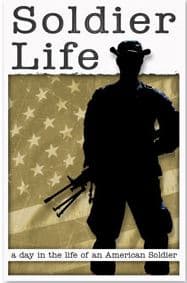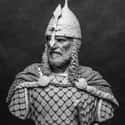-
(#7) Hannibal
- Dec. at 64 (246 BC-182 BC)
Where and When: Hannibal of Carthage’s reputation as one of the greatest military commanders in ancient history isn’t based entirely on his crossing of the Alps to invade Rome in 218 BCE, but it does play a central role. Before that, he helped conquer Hispania, but then it was on to the Second Punic War, a campaign that he would give the bulk of his life to. Ultimately, Hannibal chose to take his own life rather than allow himself to be imprisoned in Rome.
The Arsenal: Carthaginian weaponry was very similar to that of the Ancient Greeks, and the Hoplites in particular. Thus, they were mostly outfitted with shields, long spears, and short swords, and given that Hannibal was the sort of leader who charged into battle alongside his troops, one has to assume he was similarly equipped. It is unknown, however, if Hannibal truly wielded a spear long enough to strike from elephant-back as he is sometimes depicted in art.
His Training: Young Hannibal traveled with his father during the conquest of Spain where he learned how to be a soldier and commander through hands-on experience. He would have been involved in direct warfare in his early teens and took command of his first troops at the age of 23, a good indication of how fast of a study he was.
In The Duel: Hannibal was obviously an inspiring figure; he did convince an entire army to cross the Alps, after all. It is said that much of the belief in him came from his overwhelming bravery in battle, which included charging into enemy lines at the front of his troops. That courage should serve him well in a duel. If he’s able to fight on an elephant, he should be able to literally stomp all over the rest of the competition. But if he has to fight on the ground, he would find himself equally matched.
-
(#6) Vlad the Impaler
Where and When: If Vlad the Impaler isn’t a household historical name, then the fictional character that he inspired certainly is: Dracula, Lord of the Vampires. Vlad III wasn’t an undead monster, but he was the rather bloodthirsty ruler of Wallachia throughout a tumultuous 15th century. He led Wallachia on three separate occasions, with his last stint ending in his death in battle - and, yes, along the way he did impale his fair share of enemies.
The Arsenal: Vlad III was a big fan of skewering his opponents on spikes as a show of brutality, but that wasn’t his go-to weapon on the battleground. Having been trained while a captive of the Ottoman Empire, Vlad became very familiar with the traditional weapons of the janissary including the bow, the javelin, and a curved scimitar.
His Training: Vlad spent much of his childhood as a hostage of the Ottoman Empire, which included plenty of torture, but they also trained the young man in the art of warfare. Learning alongside future janissaries, Vlad benefitted from their legendary martial discipline and vicious tactics, and he did it all without ever actually becoming loyal to the Empire itself.
In The Duel: Legend tells that Vlad the Impaler earned his second stint on the throne of Wallachia by personally beheading his predecessor, Vladislav II, in combat. That, combined with the whole impalement thing, gives a pretty good idea of what to expect from Vlad in any duel: brutality, viciousness, and unfettered violence. He might not be the most skilled swordsman in the fight, but he’s probably the meanest.
-
(#1) Genghis Khan
Where and When: Genghis Khan, born Temujin, is one of the most recognizable figures in all of history. He united the tribes of Mongolia in the 12th century and then turned them outward, soon conquering an empire that spanned much of the Asian continent. Along the way, Genghis Khan and his Mongolian horde took out tens of millions of people.
The Arsenal: Like most Mongols, Genghis Khan did much of his fighting on horseback, and that technological advantage was the primary reason for the rapid expansion of his empire. That meant he was most comfortable wielding a composite bow, a lance, or a battle-ax, though he could also make use of a short sword when more close-quarters combat was called for.
His Training: Much of Mongolian training under Genghis Khan was informal. Children grew up competing in various martial-themed athletics until they were proficient with all manner of weaponry. From there on out, most of their education came on the campaign trail where their ability to quickly overwhelm their opponents ensured that every Mongol got plenty of experience in the art of killing.
In The Duel: The keyword for Genghis Khan is brutality. He and his army rode into battle on horseback at a furious pace and set about making mincemeat of anyone they could get their hands on. He used drums and flag signals to organize his troops through the chaos, and that only added to their cold efficiency. In any sort of duel, Genghis Khan is going to come at his opponents fast and hard, and he’s not going to stop until somebody is dead.
-
(#12) Xiang Yu
- Dec. at 30 (231 BC-201 BC)
Where and When: Xiang Yu only lived for 30 years between 232 and 202 BCE, but in that time he overthrew the Qin dynasty and warred against the establishment of the Han dynasty. As supreme commander of the rebellious Chu forces, Xiang Yu found enormous success, eventually capturing the capital and executing the final Qin emperor before being usurped by one of his own generals.
The Arsenal: As early adopters of iron, Xiang Yu and his fellow rebels would have been heavily armored and wielding some impressive swords. With his legendary physical strength, Xiang Yu himself probably would have carried a larger sword than most, as he was said to be able to lift enormous objects with ease.
His Training: Xiang Yu was born into a prominent family, but was from a region that had been absorbed into the Qin dynasty and was in a state of revolt, which meant he had to pick up some martial prowess fairly early on in life. The young Xiang Yu joined his uncle’s army and trained with them before eventually taking over as supreme commander. That upbringing led him to develop both a uniquely impressive physique and a brilliant tactical mind.
In The Duel: Xiang Yu’s tactical mind would be of some use in an all-out brawl, but it’s his prodigious strength that would really come in handy. He would operate like a classic “tank” archetype by overwhelming opponents physically and using his armor to absorb damage while he did it.
-
(#11) Skanderbeg
- Dec. at 63 (1405-1468)
Where and When: Gjergj Kastrioti, more often referred to as Skanderbeg, is one of the most important figures in Albanian history, but not so well-known outside that country. He’s notable for being raised as a hostage in the Ottoman Empire and becoming one of their greatest military commanders, only to turn on the Empire in 1443 and go right back to fighting against them as a proud Albanian. Along the way, he became a symbol in the ongoing conflict between Islam and Christianity.
The Arsenal: Skanderbeg’s sword, a Damascan scimitar, still sits in a museum in Vienna. Having been brought up alongside the janissaries of the Ottoman Empire, that would have only been one small part of his arsenal, but it was the one that made him legendary.
His Training: Training alongside the enslaved Janissaries infantry of the Ottoman Empire from a young age, Skanderbeg would have learned extreme discipline and fortitude. Ferocity and fearsomeness would become his trademarks, but his education made those things secondary to careful planning, preparation, and cohesiveness on the battlefield.
In The Duel: Skanderbeg was an absolute killing machine; he was said to have personally slain three thousand Turks over a couple of decades after defecting from the empire. While that may be apocryphal, it’s evident that he was not the sort to lead his troops from the back. Over time, he developed a unique style of guerilla warfare that made perfect use of Albania’s terrain. In other words, his opponents in an all-out fight to the finish might not actually see Skanderbeg on the battlefield until it’s too late.
-
(#10) Saladin
Where and When: Saladin was one of the greatest heroes during the Crusades era, thanks to some rather impressive victories on his resume. Ruling over modern Egypt, Syria, Yemen, and Palestine from 1169 until his passing in 1193, Ṣalāḥ al-Dīn Yūsuf ibn Ayyūb won renown for capturing Jerusalem from the Franks and from fighting Richard the Lion-Heart to a difficult draw in the Third Crusade.
The Arsenal: Saladin was known to wield a large scimitar in battle, and he wasn’t afraid to use it. On one occasion, he is said to have personally cut the head off a notorious French crusader. Anything else is secondary when one has a big sword in their hands and is willing to swing it head-high.
His Training: From a young age, Saladin took mentorship from brilliant military minds, including the famous anti-crusader Nur al-Din and Shirkuh, his uncle. They would have personally trained him in both combat and strategy, lessons that he carried with him in his own rise to prominence.
In The Duel: Saladin could be brutal when necessary and engaged in his fair share of executions, but he was also wise enough to avoid violence for violence’s sake. One of his battlefield trademarks was his remarkable willingness to put himself at risk, charging into battle without any care for his own life, but that could either pay off or backfire horribly in a duel with other, perhaps more cautious, historical figures.
New Random Displays Display All By Ranking
About This Tool
In ancient history, many great politicians, thinkers, artists, and scientists have emerged, among which many outstanding military strategists and generals have appeared and remembered. Unlike the legendary warriors most people know, some heroes in history have lost their lives for the sake of war, even if they are defeated, their heroic deeds have been recited by generations to come.
In different human civilizations, there are many great historical figures in various fields, but no one has shed more blood than the greatest warrior in history. The random tool introduced the 16 strongest legendary warriors, we can learn their stories in different legends or history books.
Our data comes from Ranker, If you want to participate in the ranking of items displayed on this page, please click here.

